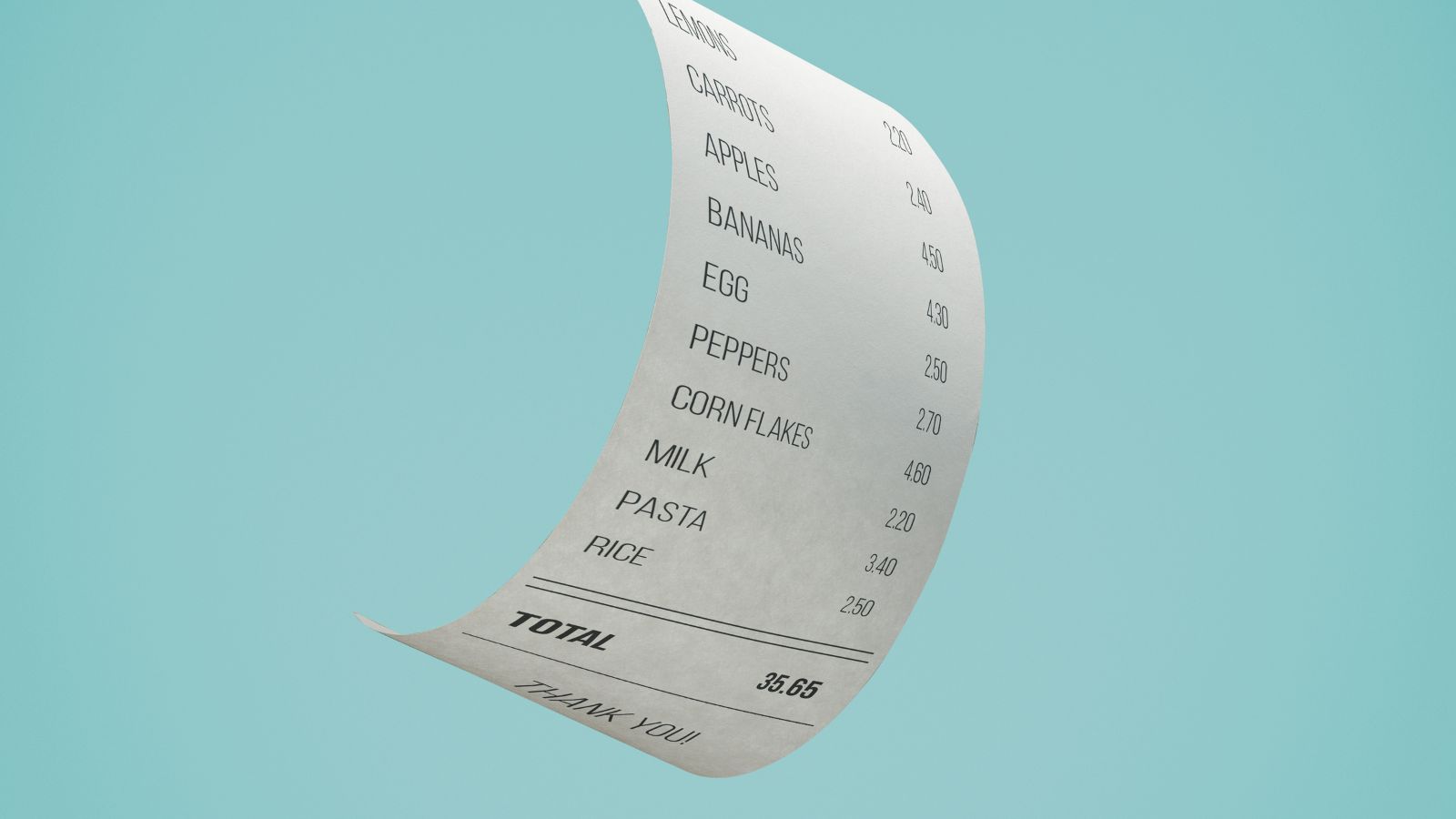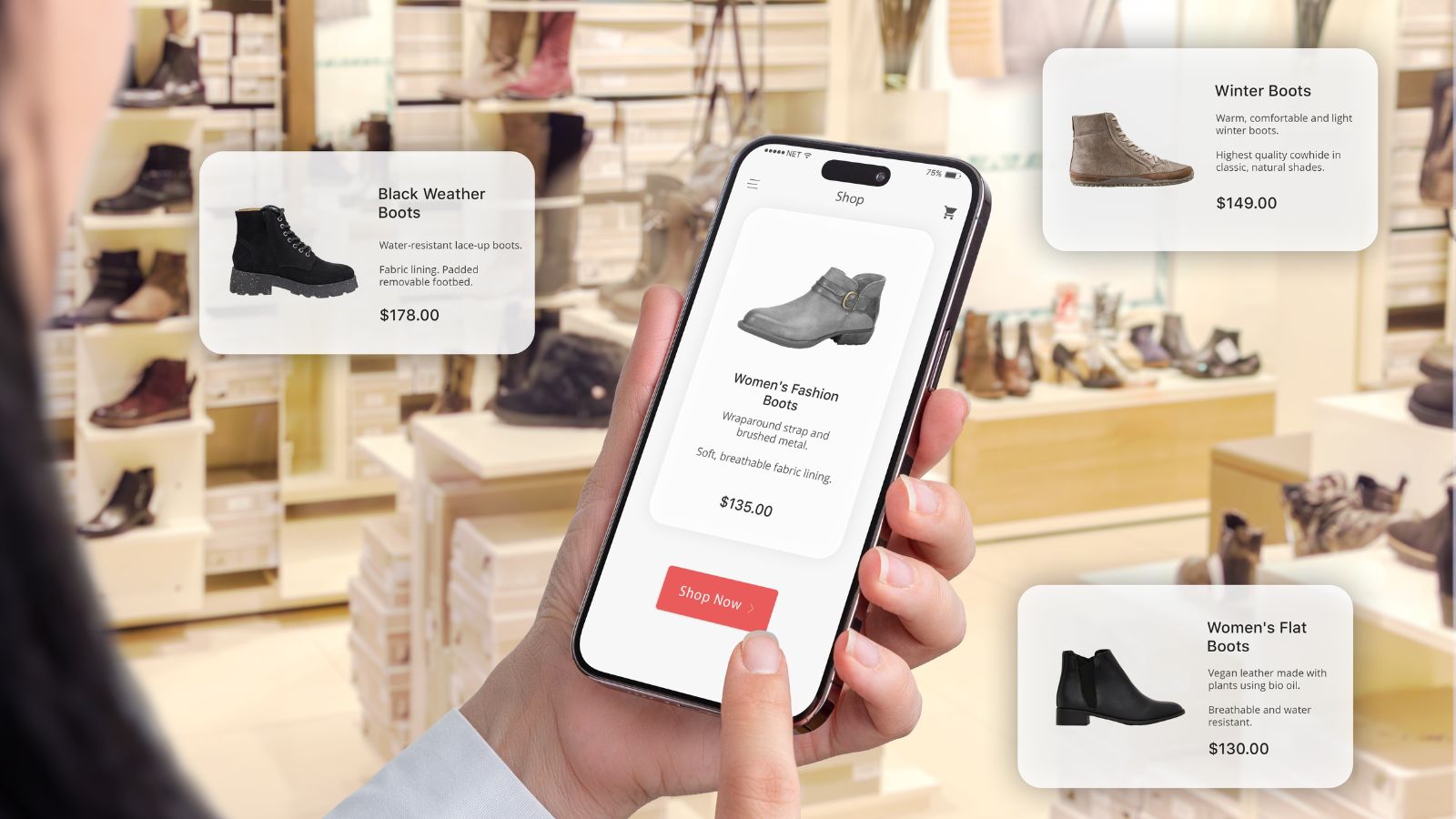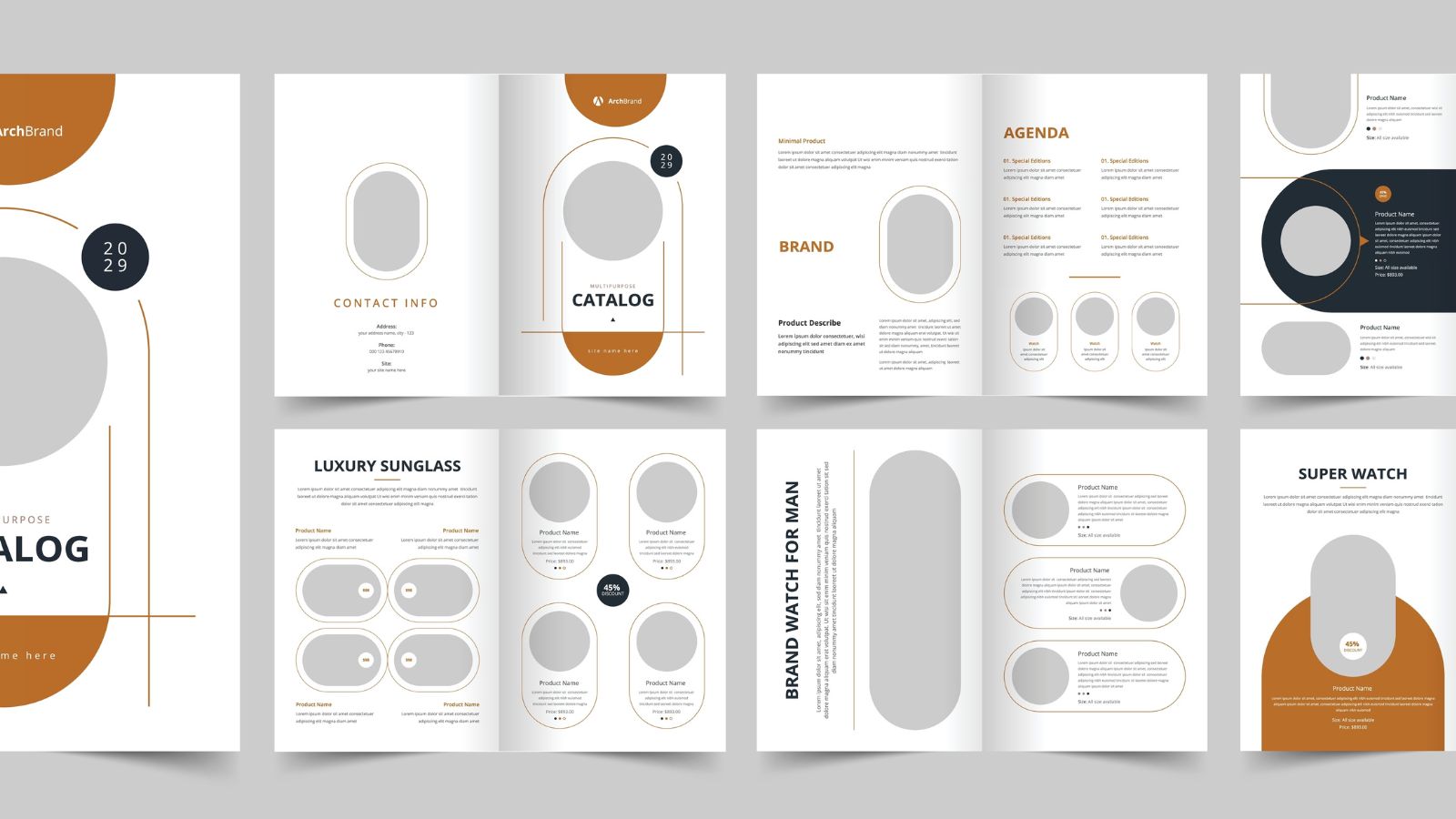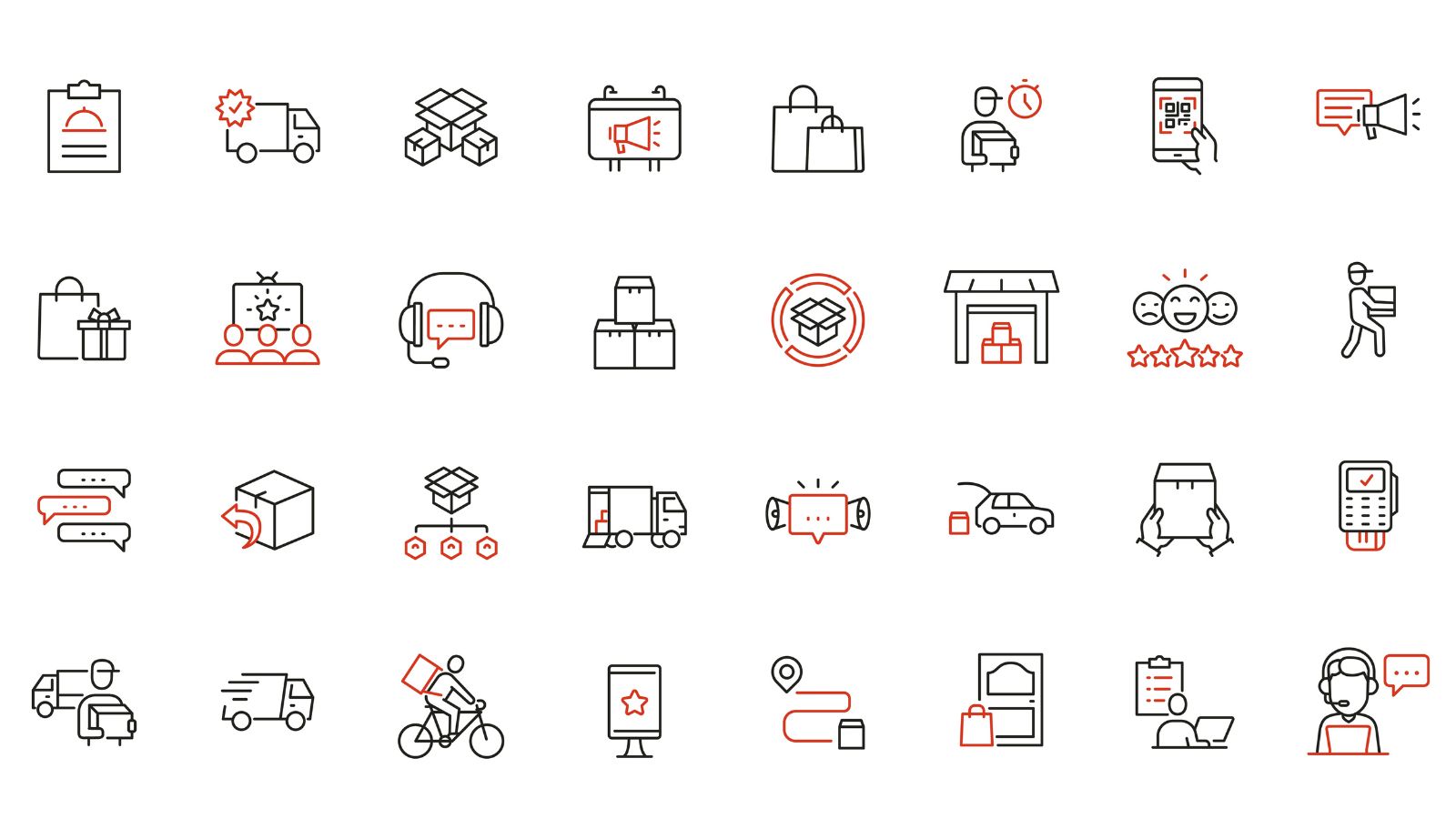Shopping habits evolve with time, influenced by economic shifts, technological advancements, and changing consumer priorities. In Canada, several long-standing shopping practices are quietly disappearing, replaced by more convenient, digital alternatives. From cash payments to in-store browsing, traditional habits are fading as online shopping, digital transactions, and virtual customer support take over. The COVID-19 pandemic accelerated this transformation, reshaping how Canadians shop. This article explores 19 shopping habits that are gradually vanishing, reflecting a shift toward efficiency, sustainability, and modern consumer preferences.
Impromptu Purchases

Impulse buying has significantly declined as Canadians become more mindful of their spending. With rising inflation and economic uncertainty, shoppers now prioritize budgeting and planned purchases over spontaneous spending. Surveys show a 5% drop in impulse purchases, reflecting a shift toward financial prudence and a more intentional approach to shopping.
Over-the-Counter Payments

Over-the-counter payments are becoming a thing of the past as digital transactions take over. With the rise of online banking, mobile wallets, and contactless payments, Canadians increasingly prefer cashless methods for convenience and security. COVID-19 further accelerated this shift, making digital payments the new standard for everyday purchases.
Brand Loyalty

Shopping habits are greatly affected by rising inflation. Many old trends have faded while new ones have emerged. Brand loyalty has lost its appeal as consumers opt for more cost-effective options. Around 40% of Canadians prioritize affordability over loyalty to a specific brand.
Money-Back Apps

Money-back apps were a great hit when they first launched. These apps were popular in countries like Canada, but they have now been replaced by various other reward programs. The digital world has its complexities, and marketing strategies continuously evolve to stay ahead of scammers.
Printed Receipts

Printed receipts are gradually being replaced by digital alternatives as businesses and consumers move toward eco-friendly practices. Many retailers now offer email or app-based receipts, reducing paper waste and promoting sustainability. This shift not only benefits the environment but also provides consumers with a more convenient and clutter-free record-keeping option.
In-Store Shopping

Nowadays, people prioritize time and convenience. Online shopping offers both comfort and efficiency—everything is just a click away. With hectic work schedules, many Canadians prefer online shopping, significantly reducing the need for traditional in-store shopping.
Paper Catalogues

Digital marketing and shopping define the modern era. Traditional marketing tools, such as paper catalogs, are rapidly being replaced by digital alternatives. Most brands now have their own websites, reducing paper waste and making shopping more environmentally friendly.
Physical Browsing

We live in a fast-paced world where time is limited. Physical browsing, window shopping, and spending hours in malls can be overwhelming. Online platforms allow busy individuals to browse and shop at their convenience.
In-Store Incentives

In-store incentives, such as loyalty programs and lucky draws, are being replaced by digital rewards and online promotions. Many retailers now offer app-based discounts, cashback offers, and personalized deals through e-commerce platforms. This shift allows Canadians to access rewards more conveniently while reducing reliance on traditional in-store promotions.
Mono-Channel Shopping

Some trends may seem complicated but ultimately offer greater convenience, such as the fusion of online and traditional shopping. Cross-channel shopping is highly popular in Canada. Nearly 88% of consumers follow this trend, researching products online before making physical purchases in-store.
In-store customer Support

Face-to-face customer service in retail stores has been largely replaced by online customer support. Many businesses now offer chatbots and virtual assistants, which Canadians have quickly adopted due to their 24/7 availability, making shopping and exchanges easier.
Live Product Demos

A few years ago, in-store product demonstrations revolutionized marketing. Customers found it fascinating to try products before purchasing. However, the fast pace of modern life has made virtual product demos and online reviews more convenient, saving time and effort.
Walk-In Returns

The digital marketplace is designed for customer convenience. Easy return and exchange options are now available online, eliminating the need for in-store visits. Couriers pick up returned products directly from customers, making walk-in returns an outdated practice.
Payment Checkout Lines

Payment checkout lines are becoming less common as Canadians shift toward online shopping and digital payment solutions. Long waits at registers are now avoidable, thanks to mobile checkout apps and self-service kiosks. These innovations streamline the shopping experience, offering faster transactions and greater convenience, making traditional checkout lines increasingly obsolete.
Over-Spending

Over-spending habits have shifted due to inflation and economic instability, prompting Canadians to become more cautious with their purchases. While consumer behavior continues to evolve, spending levels have not yet returned to pre-COVID times. Many shoppers now prioritize budgeting and essential purchases, focusing on financial security rather than impulsive or excessive spending.
Cash Payments

One of the most significant shifts in shopping habits is the near elimination of cash payments. In countries like Canada, carrying physical cash has become rare, with most transactions now conducted digitally. This shift has revolutionized banking and payment systems, making transactions safer and more practical.
Grocery Shopping Trips

COVID-19 played a pivotal role in changing grocery shopping habits. The days of entire families going on grocery trips are fading, replaced by online orders. Customers can now have their groceries delivered to their doorsteps, and most stores offer dedicated apps with exclusive deals and discounts.
Physical Navigation Aids

The use of paper maps and other traditional navigation aids for locating new shopping destinations has become obsolete. In the past, people relied on the stars for navigation, but today, entering a location into a navigation app is all it takes to find a store. Physical maps and other outdated navigation tools have disappeared.
Mall Shopping Trips

Mall shopping trips have declined as online shopping and smaller retail stores gain popularity. Once a favorite destination for shopping and socializing, malls now see reduced foot traffic, partly due to lingering health concerns from COVID-19. Convenience, time efficiency, and better online deals have led many Canadians to favor digital and local shopping alternatives.
Conclusion

In conclusion, shopping habits continue to evolve as Canadians adapt to economic changes, technological advancements, and shifting consumer preferences. While some traditional practices are fading, they are being replaced by more convenient and efficient alternatives. As digitalization and sustainability take center stage, these disappearing trends reflect the natural progression of a modern, fast-paced lifestyle.
25 Countries Predicted to Become Economic Superpowers in the Next 20 Years

The strength of an economy plays a crucial role in various international policies about trade and relations. Certain factors determine the strength of an economy, including population growth, availability of resources, and development and advancement. Here are 25 countries predicted to become economic superpowers in the next 20 years
25 Countries Predicted to Become Economic Superpowers in the Next 20 Years
